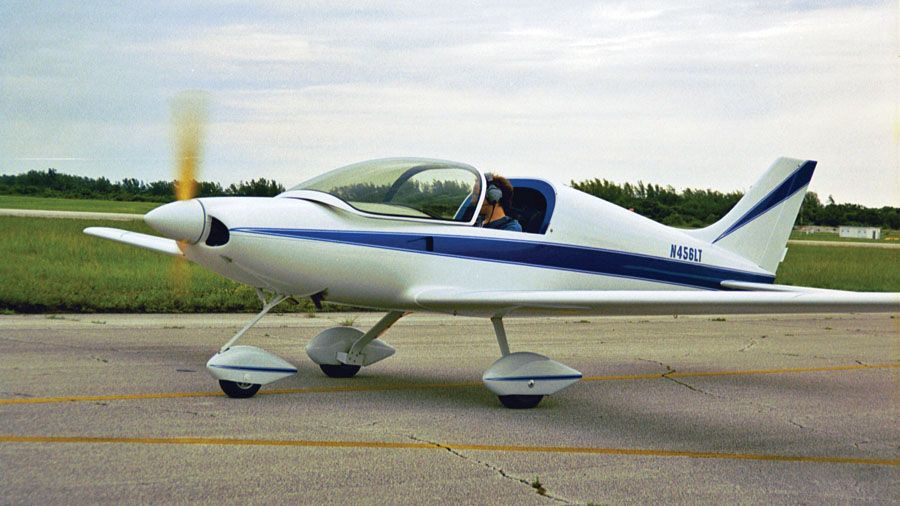If you are considering building a new homebuilt aircraft from a kit — or are thinking of buying someone’s completed homebuilt—this series maybe the most valuable hobby-related information you will ever read. That is because the hobby of building and flying your own full-size aircraft is likely to be a highlight of your life. Thousands of builder/pilots report that the process ranges from exhilarating to daunting, and at times from exciting to discouraging. But those who finish and fly their own aircraft know a satisfaction impossible to describe in words.
The commitment of time, money and work space dictates a dedication seen in few hobbies. Yet if the only goal is ownership of a custom aircraft, building will be drudgery and the chance of completion is reduced. Most homebuilders, however, know before they begin that they like building things, and others discover it early in the process. For most, working with their hands on a fascinating project is at least half of the fun. And some find to their amazement that they like building even more than they like flying. Members of this group find themselves flying the new creation for a while, then selling it to finance another build-it-yourself aircraft.
Our objective in this series, however, is to tackle some of the issues that should be addressed before investing serious time or money. Here is the list of topics:
- Deciding whether to build
- How to pick a design
- Choosing the right kit company
- Getting help and keeping it legal
- Licensing the aircraft
- Flight testing
- Getting insurance
- Liability and selling a completed aircraft
- Staying married
Getting Insurance
- Standard insurance. Once building and testing are complete, insurance on all but the highest-performance, most exotic homebuilts is similar in availability and price to factory-built aircraft. Similarities include the fact that pilots without sufficient experience in similar in aircraft may be insured at a high rate or not at all. If you are considering building a high-performance aircraft, check with the insurance companies about current insurability before making a final decision.
- Special insurance is available for some homebuilding activity.
- Builder insurance. This insurance protects the project from hazards such as fire during the building process. Check on its availability with aircraft insurers and possibly with your homeowner’s insurance company.
- Test flight insurance is generally not available, but participation in EAA’s Technical Advisor and Flight Advisor programs qualifies some projects for coverage during the test period.
- Life insurance. Check your existing policies for exclusions related to flying homebuilt aircraft. When shopping for new policies, check the exclusions before committing.
To read more about insurance, head to Kitplanes.



































